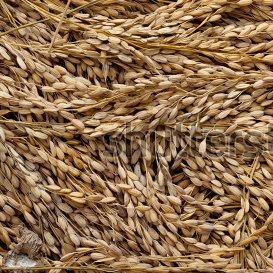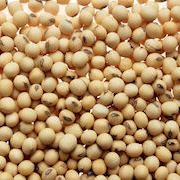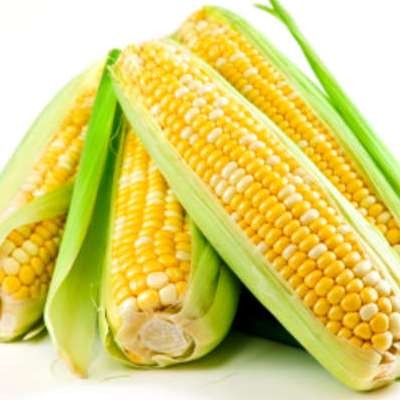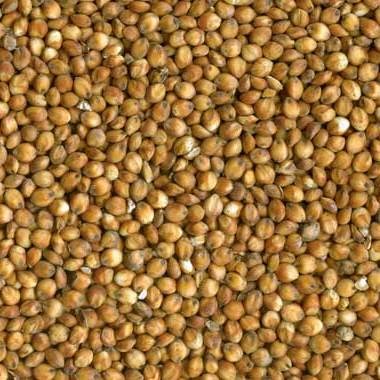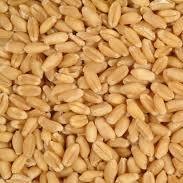Contact
Agriculture and Natural Resources
University of Arkansas System Division of Agriculture
Cooperative Extension Service
2301 S. University Avenue
Little Rock, AR 72204
Arkansas Grain Drying and Storage
Grain, i.e., rice, soybean, corn, grain sorghum, and wheat have their highest quality at harvest. In most cases, they do not dry to safe moisture levels naturally in the field, but they need artificial drying to achieve the target moisture level for safe storage. Maintaining their high quality, totally depends on the way that grains are handled during the drying and storage process. As a result, a good deal of Arkansas fresh grain require drying and storing on the farm each year to extend their storage life. These websites outlines the basics of on-farm grain drying and storage.
When dealing with grain bins it is also very important to remember grain bin safety.
Soybean Drying and Storage
Arkansas farmers harvested more than 3.1 million acres of soybeans in 2013. With a state average of 43 bushels/acre, Arkansas soybean production reached 133 million bushels. Soybean producers are increasingly interested in on-farm drying and storage due to the various advantages they offer. For example, producers can afford to harvest soybeans early at higher moisture contents than normal to reduce the possibility of harvest losses. Additionally, they may harvest soybeans at faster rates if daily harvesting hours can be extended. Moreover, on-farm storage may provide marketing flexibility and advantage during the soybean selling process.Corn Drying and Storage
Increasing corn acres over the past several years has led to increasing interest in on-farm drying and storage. Corn quality is the highest at harvest, and producers should promptly dry newly harvested corn to safe moisture levels in order to maintain quality and marketability. Producers need to dry corn to 15.5% moisture content (MC) when corn is to be marketed immediately. Otherwise, corn needs to be dried to 12.0% MC if it is expected to be stored for several months. This web site will briefly discuss the fundamentals of on-farm corn drying, drying methods, fans, storage, grain handling safety, and corn drying costs.
Grain Sorghum Drying and Storage
Arkansas farmers planted 133,000 and 125,000 acres of grain sorghum in 2012 and 2013, respectively. With the average grain sorghum production of 88 bushels per acre, the total yield reached around 11 million bushels. Grain sorghum has the highest quality it will ever have at harvest. It does not dry to safe moisture level (12%) naturally, but needs artificial drying to achieve the target moisture level. Maintaining this high quality totally depends on the way that grain sorghum is handled during the drying and storage process. As a result, a good deal of Arkansas grain sorghum requires drying and storing on the farm each year to extend its storage life.Wheat Drying and Storage
Arkansas wheat growers often debate the subject of whether or not to dry and store wheat on the farm. Arguments against this are that on-farm wheat-drying costs may be higher than commercial drying costs particularly when the cost of electricity is high. However, arguments for on-farm wheat drying include creating a higher quality finished product. Growers realize that when wheat grain is re-wet in the field several times while awaiting field drying to dockage levels, the quality is compromised. Therefore, implementing on-farm drying of the freshly harvested wheat will produce higher quality grain. Growers who dry and store their wheat also gain more flexibility to manage their operations and timing of when to sell their wheat. Overall, on-farm drying and storage of wheat is becoming an appealing practice especially when the producer can use the drying and handling equipment in rotation with other grains such as rice. This web site will explore the basics of on-farm wheat drying and storage.
Smartphone Apps and Interactive Spread Sheets
The objective of this section is to provide Arkansas producers with simple tools that they might use to perform their grain processing calculations in simple ways. Some of grain processing mathematical challenges were provided in Excel sheet format and in smartphone apps format. Producers can click on the link to download the Interactive Excel Sheet needed to perform their calculations. In addition, they can use a smartphone app named QR Reader (Quick Response Reader) to download the same calculations on their smartphones. QR reader stores information such as web addresses or videos much like a barcode. To access the information, download the free QR scanner app to your smart mobile device and scan the code. Following, you can use the app as long as you have internet connection.
